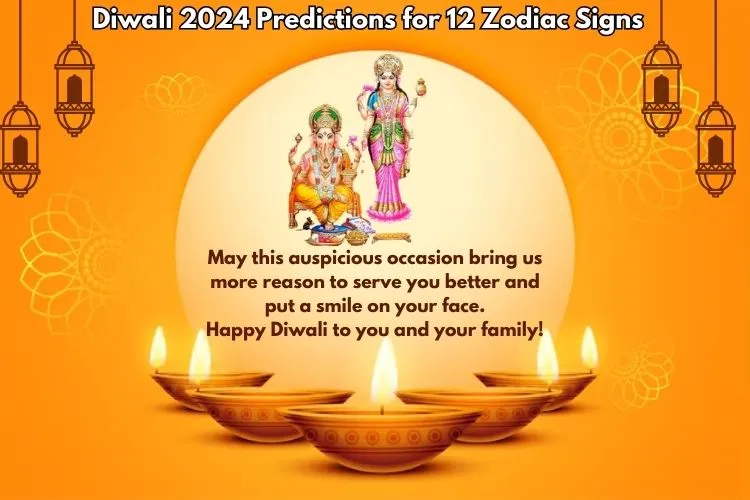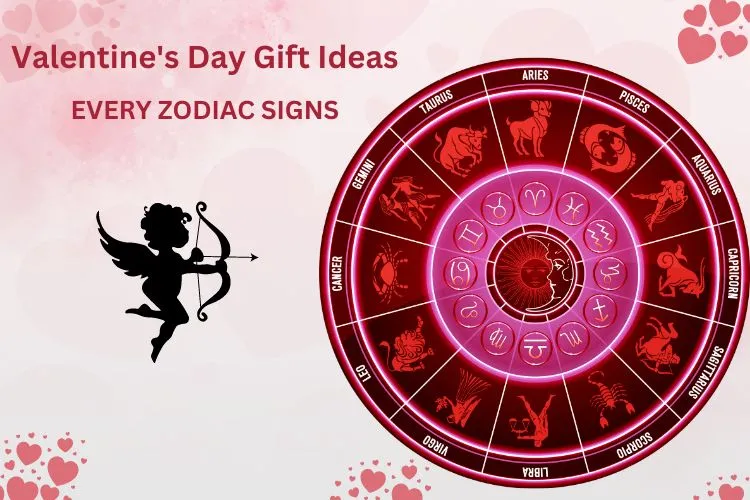Full Moon Names: Know What Are The Different Names Of Chandra
Whenever the full Moon appears in the dark sky, it brings mental strength and emotional feelings for the people. A full moon is associated with different culture and time, followed by the different parts of India. Basically, there are 12 months in the calendar year, and so we can see the full Moon 12 times per year. The 13th full Moon is known as the Blue Moon, which appears very rare. Now, let us discuss about the different names of full Moon.
Different Names & Meaning Of Full Moon
Over the years, the new Moon has been pronounced differently by many cultures throughout history. The Vietnamese, Hibs, Ancient Greek, and Malay Peninsula peoples have various names for full Moon. Furthermore, Indigenous Peoples exploit Moon stages and periods to read the weather climate. In this process, they gave a different name to a periodic full Moon. The initials of the full moons are often used to mark the process of farming or any other similar works.
Know which planet rules in your Zodiac Sign.
While several Indigenous Peoples assigned the full moon multiple names, the most well-known quotes came from the New Brunswick tribes, who hailed from Iroquois Confederacy and westward to Glacier National park. The New Brunswick bands had the greatest impact on the native people of America. They also came up with some of their own repetitive names.
Full Moon August 2021 | A full sturgeon moon in Aquarius will occur on August 22nd. The time would be between 1:00 – 1:30 PM. Read more!
January - The Wolf Woman:
The blood-curdling screams of predators can be noticed in the freezing stagnant air as snow accumulates deep forests in January. Multiple colonists referred to this Moon as the Snowy Moon, although it was often used to refer to January.
February - The Snow Moon:
This Moon may bring some positive result as snow stacks up much faster in February. Owing to the difficult harvesting circumstances, the February moon was dubbed the Hunger Moon by tribes who used this term for the January moon.
March - The Worn Moon:
Snow starts to dissolve, the landscape tightens, and monarch caterpillars reappear this month. The squawking of crows (the Crow Moon), the forming of croutons on the snow from constant cryopreservation and cooling (the Crust Moon), and the time for scratching hickory trees (the Maple Moon), all represents the Sap Moon.
April - The Pink Moon:
Flowers, such as the common grass pink or wild field phlox, begin to bloom. Other patterns, such as Flowering Weed Moon, Embryo Moon, and Fish Moon, show further signs of full spring (common among coastal tribes).
May - The Flower Moon:
The flowers get completely bloomed, and the corn will be ready to be planted. This corn planting Moon is also known as the Milk Moon.
June - The Strawberry Moon:
During this time, it will be the days of plucking strawberry from its trees. This is one of the few Algonquin names that was used by all tribes.
July - The Buck Moon:
A buck deer begin to develop velvety ponytail whiskers. Thunder Moon got its name from frequent torrential downpours in the New England region. It was also used by some clans.
August - The Sturgeon Moon:
The sturgeon was a massive fish found in the Chesapeake Bay and other surrounding watercourses. A few tribes dubbed the Moon and because of its reddish appearance through the regular ravishing ice crystals of August. The Green Corn Moon and the Grain Moon were two other names that were found.
September - The Harvest Moon:
Beans, candy canes, peppers, peanuts, and peas, among other basic foodstuffs of Indigenous Peoples, are primed for assembling at this time. The Harvest Moon’s bright light helped the Colonial government to harvest their yields late into the night.
October - The Hunter's Moon:
The foliage eventually falls after the farms have indeed been accumulated, and the deer are healthy and content to feed. Gamekeepers will quickly ride over the stubble in the fields, making foxes and certain other predators more visible. The Harvest Moon will take place in October rather than in September.
November - The Beaver Moon:
Hedgehogs are busy packing for winter at this moment of the year, so it’s time to set beaver traps and secure a supply until the grasslands freeze over. This was dubbed the Wintery Moon by those peoples.
December - The Cool Moon:
Spring sets in with a vengeance and levels plunge. Here, since the dark nights grow longer and the eclipse actively engages above the atmosphere opposing the sun, this Moon is also known as the Lengthy Night Moon.
What Is The Blue Moon?
The precise occurrences of the full moon change annually due to the 29-day lunar period. The majority of phases have three full moons, but some seasons have four full moons due to seasonal variations. Each of these exceptionally long moons is referred to as a Blue moon. In March 1946, the sky and astronomer journal stated an incorrect description that the blue moon takes place on the second full moon of the calendar month. This blunder caused substantial confusion before it was eventually fixed in 1999.
Get Your Free Horoscope According to your Zodiac Sign.
From Where The Full Moon Originated?
The titles of the gibbous Moons were used to monitor the phases in the past. A vision of them as Asteroid’s names see names of the Moon for each month of the year and their meanings. The Moon names in Old Gardener’s Almanac are mainly derived from Native American, Colonial American, and other common North American references that have already over the centuries.
Realizing that another Moon identity was historically attributed to the whole solar eclipse in which it happened. Mostly within months of beginning with either the new Moon or the full Moon. Furthermore, the naming of the lunar month differed from year to year or even between artists or other individuals within that country.
Examples cited may indeed have been used in the past but are not generally used by a specific community today. Plenty of the terms on this page are English translations of Native American basic vocabulary. They are only loosely associated with the Gregorian calendar months.
Importance Of Full Moon
The biggest conviction in the imagination of humankind has been continued to be that the shifting Moon’s orbit has a crucial meaning in all aspects of life. And the whole of the universe is indeed interconnected. It is also relevant that the way behaviour acts has an impact on health well-being. The eclipse has a major impact on it because of its parallel direction to the universe.
The ocean in terrestrial bodies, which accounts for about 70% of our physical lives, is theoretically influenced by lunar phases in the same way as the spacecraft’s electromagnetic attraction affects the tides and tidal eddies. The uniqueness of our bodies shifts and improves the equilibrium of our minds, triggering intense emotions. Ancient cultures were aware of the Moon’s impacts on our bodies and minds, and the English term “lunatic” is extracted from two words, ‘luna’ and ‘Moon.’
Lunar eclipses and their shifting periods have been prominent in all traditions, including ancient Egyptian, Mayan, Greek, Roman, and Arabian history. Indians may remain fast learners of creation, studying the Moon in all of its facts. Just like plants require direct sunlight, Hindus believes that they need moonlight. As a result, all agriculture, which is made up of fluids, is reliant on the environment for its development. On the full moon days, all of India’s big festivals are held. This Moon is essential in Vedic astrology, and it is known as a goddess worth glorifying.
Also Read: Impact of Full Moon On 12 Different Signs
Chandra In Vedic Astrology
If the Earth comes between the Moon and Sun, the full Moon emits the most vivid and shimmering properties of the lunar cycle. The Moon is a feminine planet that governs the neuro pathways. It also governs the zodiac sign of Cancer. The Cancer signs sit fourth on the zodiac table, which is the most intensely receptive of the 12 zodiac signs. The Moon stays for around two and a half days in each sign.
In astronomy, it says that whenever the Sun takes any actions, then Moon responds. Moon is related to the anxiety and depression state. Also, it manages our thought process in mind, and according to the Moon’s position, we had mood fluctuations. On the flip side, the eclipse signifies motherhood, fertility, maturity, confidence, sentiments, attitudes, relationships, and other things in Vedic astrology.
Many rituals are performed after the visibility of the full Moon in the clear sky. It plays an important role in rituals, breathing techniques, psychic creation, dreams, and shamanism. The financial economy’s regression results are unquestionably higher during the weeks leading up to the full Moon.
Is Moon favourably placed in your Kundali, ask our experts to analyse your birth chart.
Wrapping Up
On a conclusive note, we found the different name of the full Moon and how the people arrange their works according to the position of the Moon. Besides, Moon also plays a significance in the native’s life from the astrological point of view as it is connected with their mental strength and thinking abilities.






